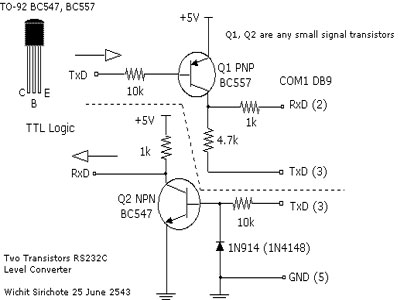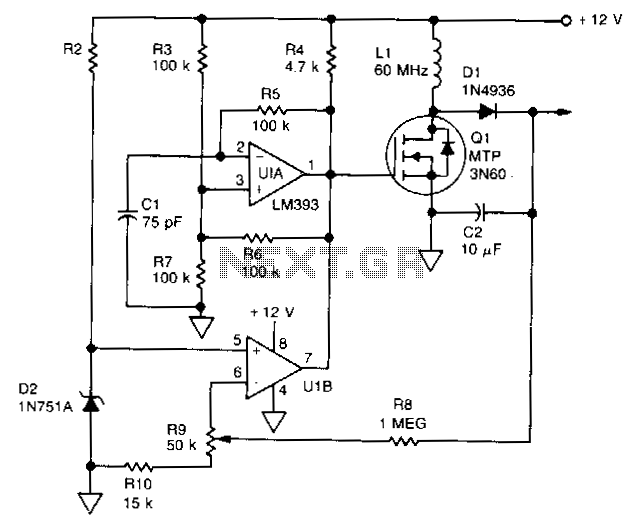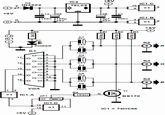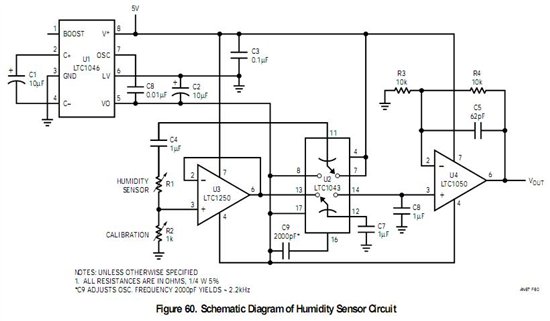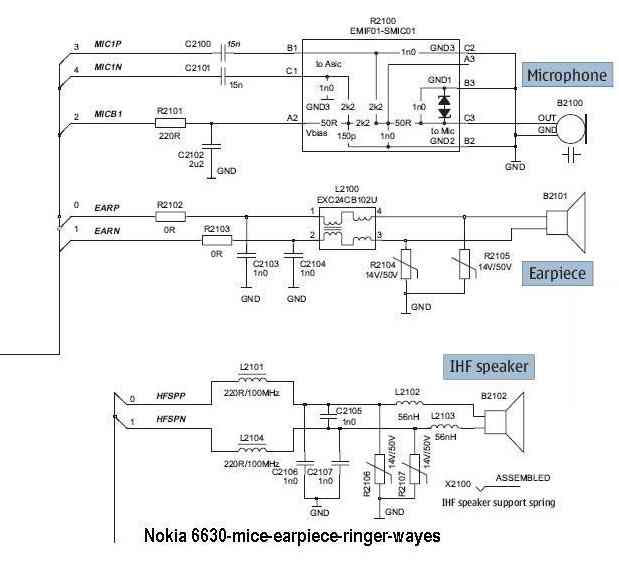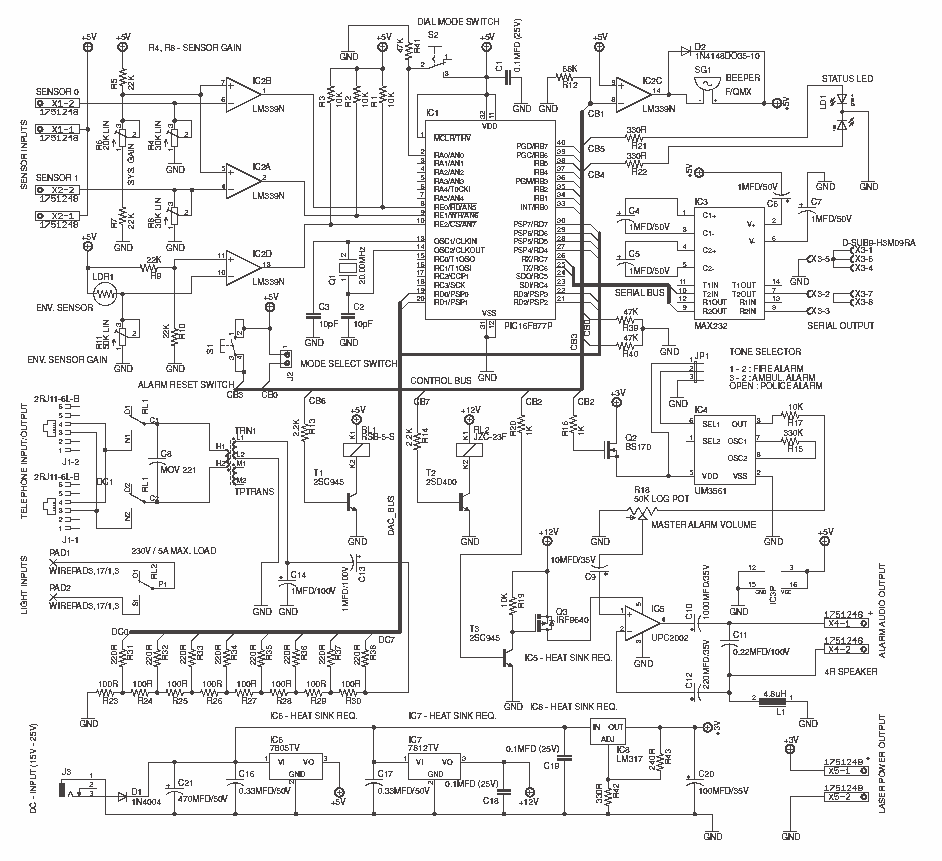
analog to digital converter pic
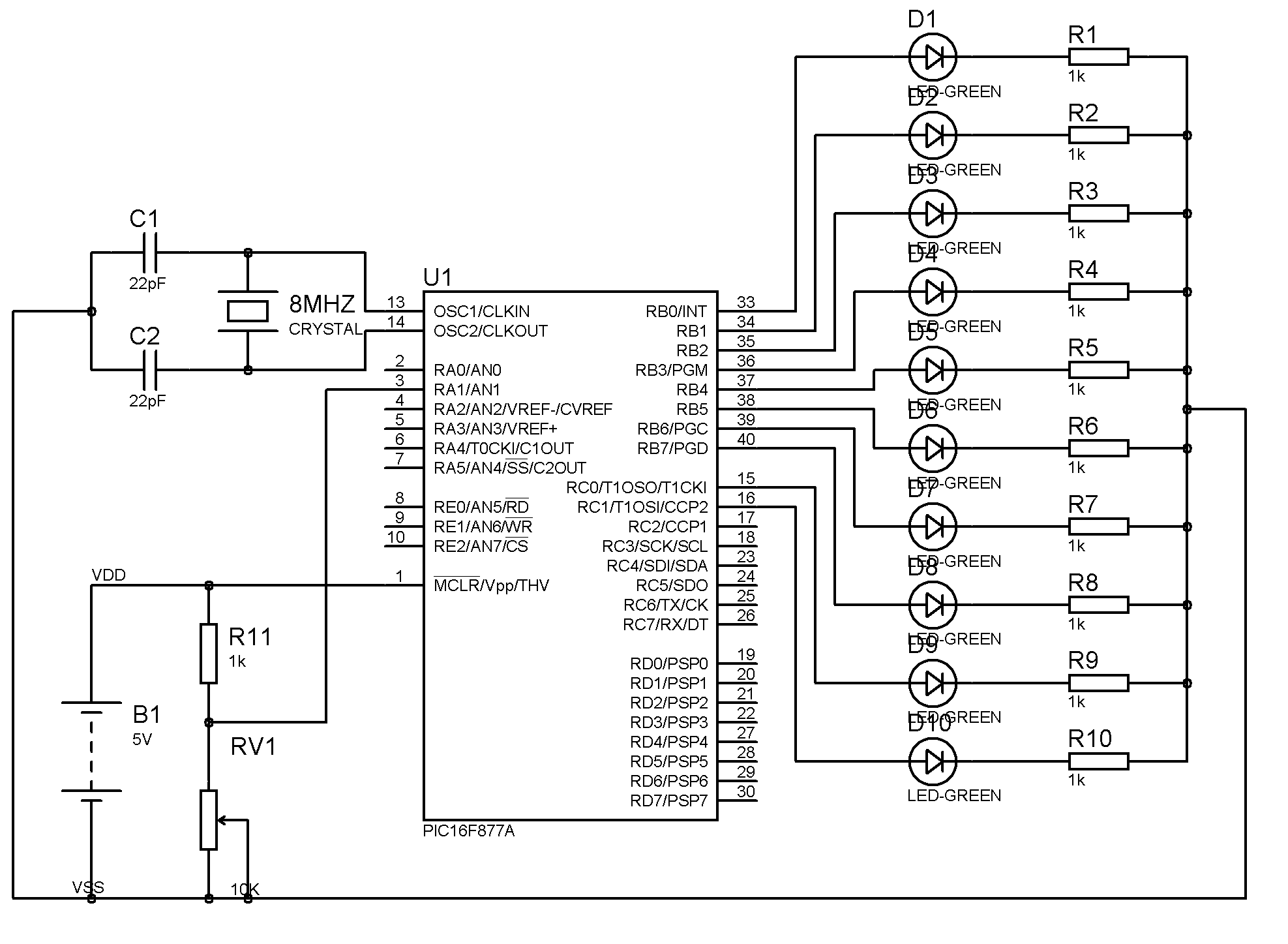
The result displayed on the LCD is incorrect; the thermometer shows a reading of 414 degrees instead of the actual room temperature. Assistance is needed to determine whether the issue lies within the hex file or the sensor itself. The Vref+ is connected to 5V, and Vref- is connected to 0V. Additionally, there is a request for code to control the speed of a motor using an infrared (IR) transmitter. The speed will vary based on the increment or decrement signals received from the transmitter. An LED will indicate the speed level; initially, one LED will be on, and pressing the increment button will turn on a second LED, while pressing the decrement button will turn it off, returning to just one LED. There is also a question regarding the use of a 20 MHz crystal in a board when different frequency crystals are required for two simultaneous applications. Furthermore, a task has been assigned to create an analog-to-digital converter (ADC) with a maximum input voltage of 12V and a minimum input voltage of 5V, producing a 2-bit output. If the input is 12V, the output should be 11, and so on. Lastly, there is an inquiry about improving resolution for voltage and current measurements where the voltage range is 0-50V and the current range is 0-1A, as the current resolution is poor with a 10-bit ADC.
The LCD displaying an incorrect temperature reading may indicate a fault in the sensor calibration or a programming error in the hex file. The connections for Vref+ and Vref- should be verified to ensure they correspond to the expected voltage levels required for accurate sensor operation.
For the IR motor speed control, the circuit will consist of an IR transmitter and receiver, a microcontroller, a motor driver, and an LED indicator. The microcontroller will interpret the signals from the IR receiver, adjusting the motor speed accordingly. The increment and decrement functionality will be implemented using two buttons that modify a speed variable within the microcontroller's firmware. The LED will serve as a visual feedback mechanism, with its state changing based on the speed level.
Regarding the use of a 20 MHz crystal, it is essential to understand that microcontrollers can often utilize different clock frequencies through configuration settings or external circuitry. However, if two applications require different frequencies, it may necessitate additional components such as frequency dividers or multiplexers to manage the clock signals effectively.
For the analog-to-digital converter (ADC) task, a 2-bit output can be achieved through a simple mapping of the input voltage range (5V to 12V) to the output values (00, 01, 10, 11). The ADC design should include a reference voltage setup that ensures the input range is accurately represented in the digital output.
To enhance the resolution of voltage and current measurements using a 10-bit ADC, consider employing signal conditioning techniques such as amplification or filtering to improve the input signal quality. Additionally, using averaging algorithms in the firmware can help mitigate noise and provide a more precise output.
The communication of port numbers in binary format (e.g., 0xff = 11111111) indicates the ability to control multiple inputs or outputs on a microcontroller. Understanding how to manipulate individual bits will allow for fine control over the system's behavior.The G‚result of the lcd is not correct the thermometer does not show the room temperature but show the 414 degree then i need to know where is the problem is it in the hex file or in the sensor note (i connect vref+ on5v . and vref- on 0v) thanks for your care hi can you teach me a code for a IR motor speed control. using a program which can read a increment or decrement of speed and will vary the speed of the motor. The increment and decrement is based on the transmitter part of the IR transmitter. thanks a lot and also there is a LED that will indicate the degree or level how fast the speed of the motor. for example. when you turn on the device, there is only one LED that is on, then when the increment button is pressed, the second LED will turn on.
When the decrement button is pressed, the second LED will turn off and will return to only one LED is on. Hii In every tutorial different frequency of crystal has been used. but my board contains only 20Mhz crystal . but how will it be posssible to use different frequency crystal at the same for the two applications which are going to be perfermed simultaneously.
hi my company have given me a task to create analog to digital converter with max input voltage 12v and min input voltage 5v. but the output must be in 2 bit. meaning that if input 12 v, the output will be 11 and so on. can u help me Hi, I have gone through your volt and currnet measurement. I have voltage range from 0-50 and current range from 0-1A. As per you calculation presented I get very poor resolution. Can you please explain how to get better resolution through the range using 10 Bit ADC Hi albhee, 0xff (HEX) = 11111111 (BIN) = 75643210 (Ports number), if you want only one 00000001 = port 0 input also if want anhother 00001000 = port 3 input.
🔗 External reference
The LCD displaying an incorrect temperature reading may indicate a fault in the sensor calibration or a programming error in the hex file. The connections for Vref+ and Vref- should be verified to ensure they correspond to the expected voltage levels required for accurate sensor operation.
For the IR motor speed control, the circuit will consist of an IR transmitter and receiver, a microcontroller, a motor driver, and an LED indicator. The microcontroller will interpret the signals from the IR receiver, adjusting the motor speed accordingly. The increment and decrement functionality will be implemented using two buttons that modify a speed variable within the microcontroller's firmware. The LED will serve as a visual feedback mechanism, with its state changing based on the speed level.
Regarding the use of a 20 MHz crystal, it is essential to understand that microcontrollers can often utilize different clock frequencies through configuration settings or external circuitry. However, if two applications require different frequencies, it may necessitate additional components such as frequency dividers or multiplexers to manage the clock signals effectively.
For the analog-to-digital converter (ADC) task, a 2-bit output can be achieved through a simple mapping of the input voltage range (5V to 12V) to the output values (00, 01, 10, 11). The ADC design should include a reference voltage setup that ensures the input range is accurately represented in the digital output.
To enhance the resolution of voltage and current measurements using a 10-bit ADC, consider employing signal conditioning techniques such as amplification or filtering to improve the input signal quality. Additionally, using averaging algorithms in the firmware can help mitigate noise and provide a more precise output.
The communication of port numbers in binary format (e.g., 0xff = 11111111) indicates the ability to control multiple inputs or outputs on a microcontroller. Understanding how to manipulate individual bits will allow for fine control over the system's behavior.The G‚result of the lcd is not correct the thermometer does not show the room temperature but show the 414 degree then i need to know where is the problem is it in the hex file or in the sensor note (i connect vref+ on5v . and vref- on 0v) thanks for your care hi can you teach me a code for a IR motor speed control. using a program which can read a increment or decrement of speed and will vary the speed of the motor. The increment and decrement is based on the transmitter part of the IR transmitter. thanks a lot and also there is a LED that will indicate the degree or level how fast the speed of the motor. for example. when you turn on the device, there is only one LED that is on, then when the increment button is pressed, the second LED will turn on.
When the decrement button is pressed, the second LED will turn off and will return to only one LED is on. Hii In every tutorial different frequency of crystal has been used. but my board contains only 20Mhz crystal . but how will it be posssible to use different frequency crystal at the same for the two applications which are going to be perfermed simultaneously.
hi my company have given me a task to create analog to digital converter with max input voltage 12v and min input voltage 5v. but the output must be in 2 bit. meaning that if input 12 v, the output will be 11 and so on. can u help me Hi, I have gone through your volt and currnet measurement. I have voltage range from 0-50 and current range from 0-1A. As per you calculation presented I get very poor resolution. Can you please explain how to get better resolution through the range using 10 Bit ADC Hi albhee, 0xff (HEX) = 11111111 (BIN) = 75643210 (Ports number), if you want only one 00000001 = port 0 input also if want anhother 00001000 = port 3 input.
🔗 External reference
